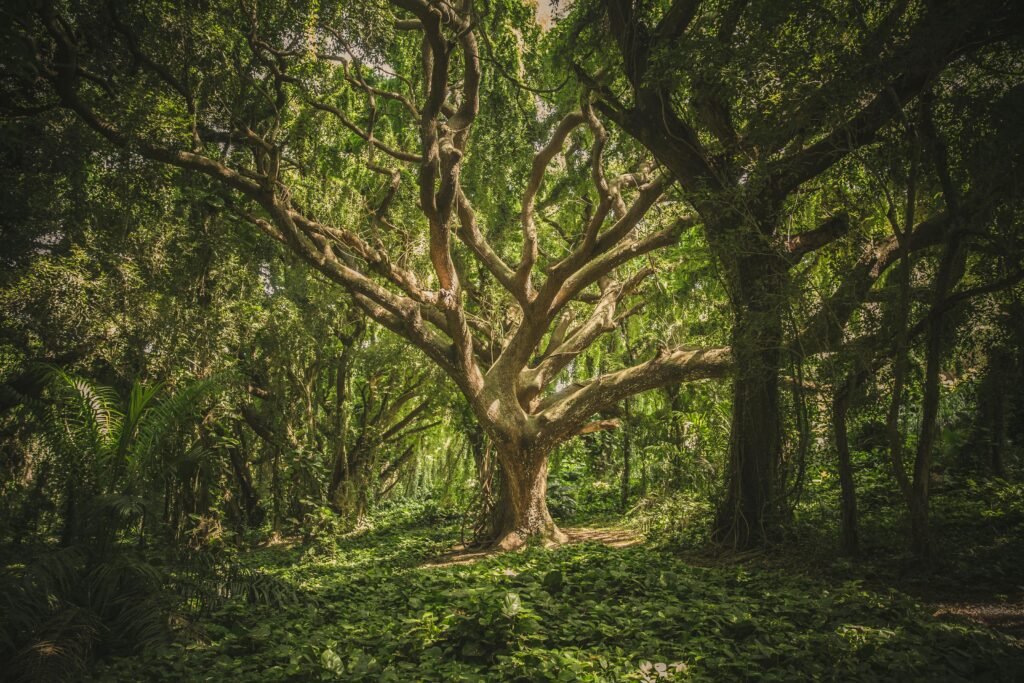
Forests are more than ecosystems—they are homes, livelihoods, and lifelines for millions of people around the world. But a critical question underlies many forest-related challenges: who actually owns the land? The answer is rarely simple—and often at the root of both environmental degradation and social injustice.
The Land Rights Gap
Globally, forests span across a complex patchwork of land ownership and usage claims. While some forests are clearly designated as state-owned or private property, many others fall into legal grey zones. This is especially true in regions where customary claims by Indigenous peoples or local communities are not formally recognized.
In practice, the people who live in and protect forests often lack legal title to the land—leaving them vulnerable to displacement, exploitation, and marginalization.
Why Land Tenure Matters
Secure land tenure—the clear and recognized right to own, use, or manage land—plays a vital role in shaping how forests are managed and preserved. Without it, communities may lose access to the land they have inhabited for generations, and forest ecosystems are left exposed to unregulated logging, mining, or agricultural expansion.
Research shows that land tenure insecurity can lead to:
- Conflicts between communities, governments, and corporations
- Unchecked deforestation and habitat loss
- Disruption of traditional land stewardship
- Legal battles and weak environmental enforcement
On the other hand, countries and regions with clear, inclusive, and enforceable land rights tend to achieve better conservation outcomes and stronger community development.
The Role of Indigenous and Local Communities
Indigenous peoples manage or claim over 36% of the world’s remaining intact forests, yet only a fraction of these lands are formally recognized by governments. Despite this, these communities often have deep ecological knowledge and long histories of sustainable resource management.
Protecting their land rights is not just a matter of social justice—it is also a proven climate and conservation strategy. Forests under Indigenous control tend to have lower rates of deforestation, higher biodiversity, and more effective long-term stewardship.
What Happens When Rights Are Ignored?
When land tenure is ambiguous or contested, the consequences can be severe:
- Governments may issue commercial concessions on community land
- Private companies may operate without free, prior, and informed consent
- Communities may be excluded from decisions about the land they depend on
- Law enforcement becomes inconsistent or biased
These issues frequently result in conflict, displacement, and environmental degradation.
Toward Fair Forest Governance
Equitable forest governance begins with clarity and recognition of land rights. Solutions include:
- Legal recognition of Indigenous and customary tenure systems
- Transparent and participatory land-use planning processes
- Strengthened legal frameworks for land registration and dispute resolution
- Policies that balance conservation, development, and community rights
Importantly, this is not about promoting a single model of ownership. It’s about creating systems where rights are respected, responsibilities are shared, and decisions are inclusive.
Conclusion
Forests can only thrive when the people who depend on them are empowered and protected. As we confront global challenges like deforestation, climate change, and biodiversity loss, understanding and addressing land tenure is no longer optional—it is essential.
Because the question of who owns the forest is ultimately about who has the power to shape its future.
